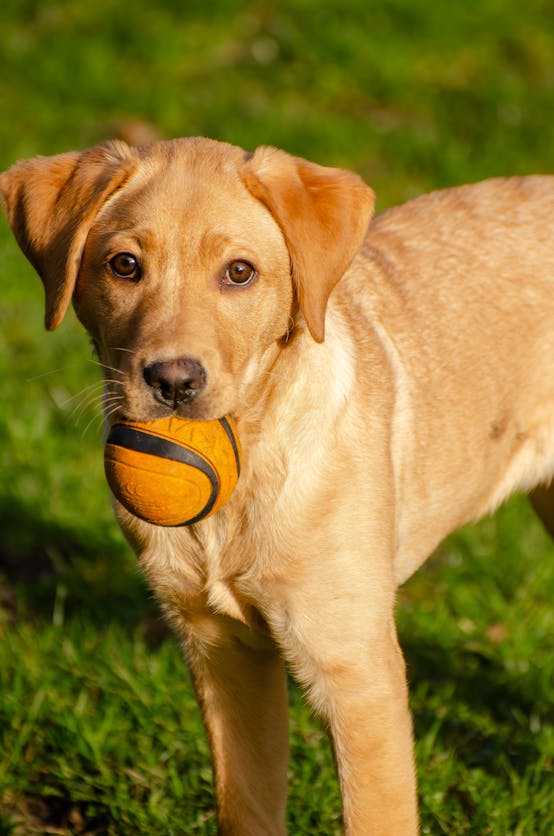Distinctive Traits of British Native Mammals
British native mammals exhibit unique characteristics shaped by adaptation to the temperate climate and diverse habitats. For example, many species such as hedgehogs and badgers display physical traits tailored for survival. Hedgehogs possess spiny quills serving as protection, while badgers have powerful claws enabling efficient burrowing.
Behavioral adaptations are equally distinctive. Nocturnal habits are common, allowing these mammals to avoid predators and human activity during the day. This behavioral trait is especially pronounced in hedgehogs and badgers, both of which thrive under a night-time activity pattern.
Also to read : How are urban developments impacting UK animal habitats?
Hibernation is another key adaptation. Many British native mammals enter hibernation during colder months to conserve energy when food is scarce. This seasonal dormancy reflects a sophisticated response to the temperate environment. Understanding these traits helps appreciate how native mammals have evolved in Britain’s unique ecosystems, balancing physical and behavioral adaptations for survival.
Notable Physical Features and Behaviours of British Birds
British birds display a fascinating range of physical features and behavioural traits adapted to their native habitats. Many species have evolved plumage that serves as impressive camouflage, helping them blend into diverse environments—from woodland floors to coastal cliffs. For instance, the mottled brown feathers of the tawny owl allow it to remain nearly invisible against tree bark during the day.
In the same genre : What Could the Future Hold for Endangered Animal Species in the UK?
Behaviourally, nesting strategies vary widely. Some British birds build elaborate nests hidden deep in shrubs, while others, like the puffin, opt for burrows on rocky coasts. Migration is another key trait; numerous native bird species undertake seasonal journeys to optimize breeding and feeding conditions. The swallow’s swift, graceful flight across continents is a remarkable example of this adaptation.
Unique traits also define species such as the robin, whose distinctive song serves to mark territory and attract mates, and the red kite, renowned for its soaring flight patterns that effortlessly utilize thermal updrafts. These physical and behavioural features illustrate the rich diversity of British birds, highlighting their adaptability and ecological significance.
Adaptations for Survival in the British Environment
British habitats present unique challenges that drive diverse animal adaptations and survival strategies. Seasonal changes are perhaps the most influential factor. To cope with the cold winters, many species employ hibernation or reduce activity levels, conserving energy when food is scarce. Others rely on food storage, accumulating reserves during abundant months to sustain them later. For example, squirrels gather nuts and seeds, ensuring a steady supply through winter.
The landscape itself shapes survival tactics. Burrowing animals, such as badgers and rabbits, create underground homes that offer shelter from harsh weather and predators. Woodland species often depend on camouflage; the coloration and texture of their fur or feathers blend seamlessly with leaves and bark, making them less visible to hunters.
Responses to predators and environmental pressures also define survival. Some animals adopt defensive behaviors like freezing to avoid detection, while others display warning signals or flee quickly. These strategies ensure many species thrive despite fluctuating conditions, showcasing the resilient nature of wildlife across Britain. Understanding such adaptations highlights the intricate balance within British ecosystems.
Ecological Roles of Native British Animals
Native species in British ecosystems perform crucial ecological roles that maintain balance and biodiversity. These animals influence food chains by acting as predators, prey, and scavengers, supporting population control and nutrient cycling. For example, hedgehogs reduce insect populations, preventing overabundance that could harm crops and gardens.
These animals also enhance relationships with native plants through pollination and seed dispersal. Bees, butterflies, and some bird species facilitate plant reproduction, ensuring genetic diversity and ecosystem resilience. This interaction helps native plants thrive, supporting other wildlife dependent on them.
Additionally, native animals affect soil health and forest management. Earthworms and beetles aerate soil, promoting nutrient uptake and organic matter decomposition. Larger mammals such as deer influence forest structure by browsing, which indirectly shapes vegetation patterns and habitat availability.
Understanding these contributions highlights why preserving native species is vital to maintaining the complexity and functionality of British ecosystems. Their disappearance can disrupt these finely tuned ecological processes, causing ripple effects across habitats and biodiversity.
Conservation Challenges and Historical Context
British wildlife conservation faces significant hurdles due to habitat loss and the introduction of non-native species. Over centuries, urban expansion and intensive agriculture have severely reduced natural habitats, impacting numerous native animals. For example, the decline of the red squirrel, historically widespread across Britain, was accelerated by habitat fragmentation and competition from invasive grey squirrels.
Similarly, the otter, once common in British rivers, suffered drastic population declines from pollution and habitat degradation. Thanks to targeted conservation efforts, including habitat restoration and pollution control, otter numbers have shown notable recovery in recent decades.
Historical changes reveal a pattern of loss followed by gradual regeneration. The situation illustrates how proactive conservation can mitigate prior declines. Efforts to protect endangered species emphasize habitat preservation and controlling invasive species, key strategies for British wildlife conservation moving forward.
Understanding these challenges and successes highlights the delicate balance between human development and ecological preservation, reinforcing the need for sustained conservation initiatives.


